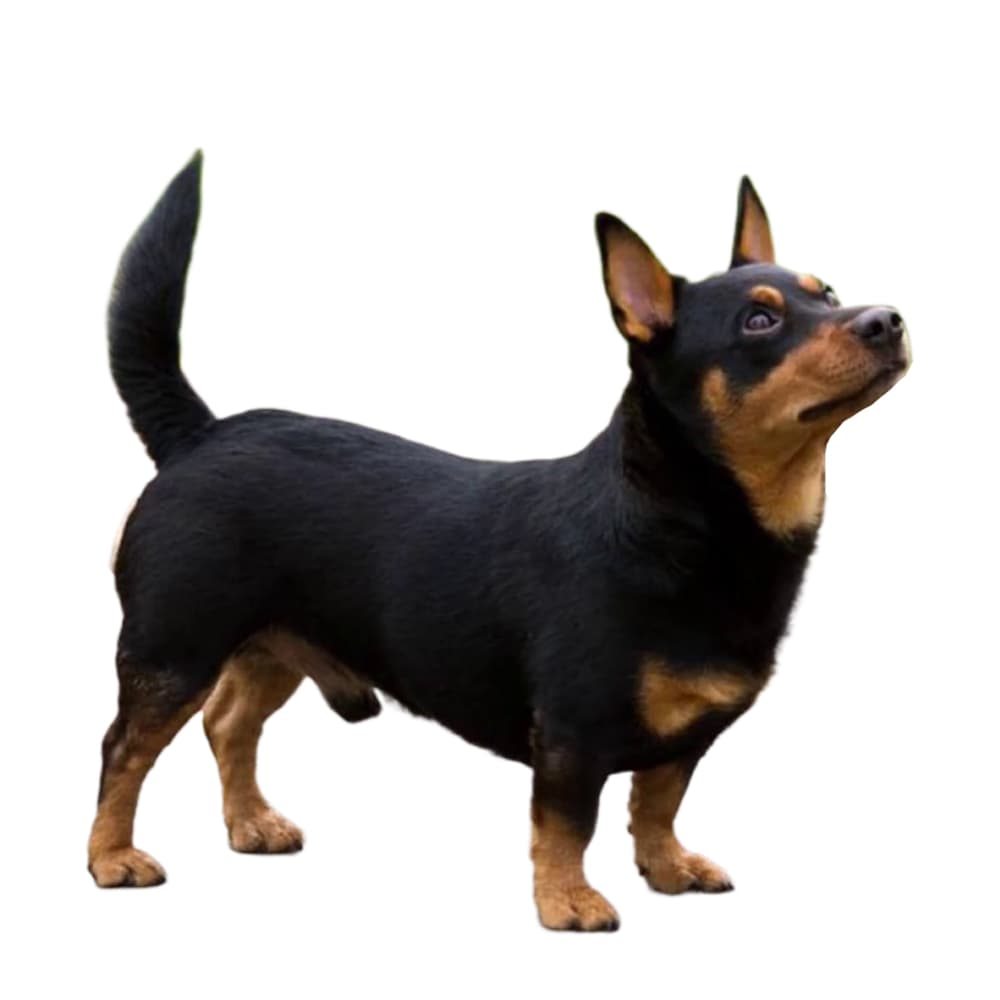Discover your dog's connection to this breed and 200+ others


Discover your dog's connection to this breed and 200+ others



The Lancashire Heeler is a small-sized dog breed that originated in England. It is believed to have been developed in the 17th century, specifically in Lancashire, as a working dog for herding and driving cattle. The breed is thought to be a result of crossing the Welsh Corgi with the Manchester Terrier, creating a versatile and efficient herding dog.
Lancashire Heelers are generally healthy, though may suffer from eye disorders including progressive retinal atrophy (PRA), primary lens luxation, persistent pupillary membrane, and Collie Eye Anomaly. Some may suffer from patellar luxation.
Lancashire Heelers are known for their intelligence, alertness, and high energy levels. They have retained their herding instincts, and as such, they may try to herd small children and other pets. Early socialization and training are crucial to ensure they develop into well-behaved companions. They are quick learners and respond well to training, especially when positive reinforcement techniques are used. Despite their small size, they are sturdy and can be tenacious, making them excellent watchdogs.
A canine genetic lineage is a group of individuals or entire breeds that descended from common ancestors predating modern breed formation. Often these lineages are associated with a ‘type’ of dog with a unique historical working role and associated behaviors (e.g., herding, scent hunting, etc.).
Terriers were bred to hunt pests like rats, foxes, and badgers. Terriers are tenacious and fearless with high energy levels, strong prey drive, and feisty temperaments which all help in their hunting abilities. Terriers were used as mighty hunters in both urban and rural settings. Terriers have natural hunting instincts and protective tendencies.
Example breeds with ancestry from this lineage include Jack Russell Terrier, Scottish Terrier, and Yorkshire Terrier.
Lancashire Heelers are sometimes called "Ormskirk Terriers," referring to a town in Lancashire, England.
Despite being a lesser-known breed, they have gained some popularity in various dog sports and activities due to their agility and intelligence.
The Lancashire Heeler was recognized by the AKC in 2009, becoming eligible to compete in various AKC events.
They have a double coat consisting of a weather-resistant outer coat and a dense undercoat. The coat is short and sleek, providing protection and ease of maintenance.
https://www.akc.org/dog-breeds/lancashire-heeler/
https://www.lancashireheelers.org/
https://www.petmd.com/dog/breeds/c_dg_lancashire_heeler
https://www.unitedstateslancashireheelerclub.com/
https://www.fci.be/en/nomenclature/LANCASHIRE-HEELER-360.html
https://www.ukcdogs.com/lanchashire-heeler
Recommended by top vets with decades of experience
21 breeds
64 genetic health markers
50 genetic trait markers
